Blockchain bridges serve as the key infrastructure facilitating cross-chain transactions, asset transfers, and data exchange. The verification methods employed by these bridges determine their reliability and trustworthiness.
External Verification Method:
Externally verified bridges rely on external actors to attest to the correctness of transported data. These actors can include multisig arrangements, trusted validator sets, oracles, or relays. While external verification provides easy extensibility and low-latency support for generalized messages, the security of the transported data relies solely on the integrity of the verifier set. Externally verified bridges often have lower security levels compared to the underlying chains.
Optimistic Verification Method:
Optimistic bridges utilize fraud proofs and dispute mechanisms to ensure data validity. Messages passing through optimistic bridges undergo a dispute window, during which watchers can dispute incorrect data. This method assumes the presence of at least one honest watcher and seeks to mitigate censorship risks through economic incentives. Although optimistic verification introduces latency and requires active watchers, it offers the potential for scalable message verification, requiring a single honest participant to stop fraud.
Local Verification Method:
Locally verified bridges restrict verification to the parties involved in a cross-domain interaction, such as atomic swaps. While this method offers simplicity and reduced latency, it is limited to interactions between two parties and may not support complex multi-party transactions (also it doesn’t support message passing).
Native Verification Method:
Natively verified bridges rely on a chain's own validator set to verify incoming data, often utilizing light clients and zero-knowledge proofs (ZKPs) for scalability. Light clients verify consensus but not the block's state, assuming the existence of an honest relayer. Some disadvantages are: need for custom work for each chain and potential vulnerabilities if the validators produce invalid blocks.
Rollups Verification Method:
Rollups address the reliance on honest relayers by establishing a hierarchical relationship between the parent chain (L1) and the rollup, allowing the L1 to directly verify the rollup's state transitions. This method offers the highest level of security for communication within a rollup system. However, it is limited to interactions between the rollup and its parent chain, restricting its applicability to broader cross-chain communication.
Conclusion:
External, optimistic, local, native, and rollup verification methods have distinct strengths and weaknesses, catering to different use cases and requirements. As the blockchain ecosystem evolves, determining which verification method will prevail becomes a critical question.
Some teams have taken a stance on this topic. For example, Connext has adopted a hybrid approach by combining the native verification system using canonical bridges or AMBs (Arbitrary Message Bridges) of each network for message transmission, while also integrating a watcher system that is characteristic of optimistic verification. This way, they attempt to address the trade-offs of each system and reinforce the security by having two concurrent layers of verification instead of just one.
What’s your opinion? Which approach will prevail?
[link] [comments]

You can get bonuses upto $100 FREE BONUS when you:
💰 Install these recommended apps:
💲 SocialGood - 100% Crypto Back on Everyday Shopping
💲 xPortal - The DeFi For The Next Billion
💲 CryptoTab Browser - Lightweight, fast, and ready to mine!
💰 Register on these recommended exchanges:
🟡 Binance🟡 Bitfinex🟡 Bitmart🟡 Bittrex🟡 Bitget
🟡 CoinEx🟡 Crypto.com🟡 Gate.io🟡 Huobi🟡 Kucoin.
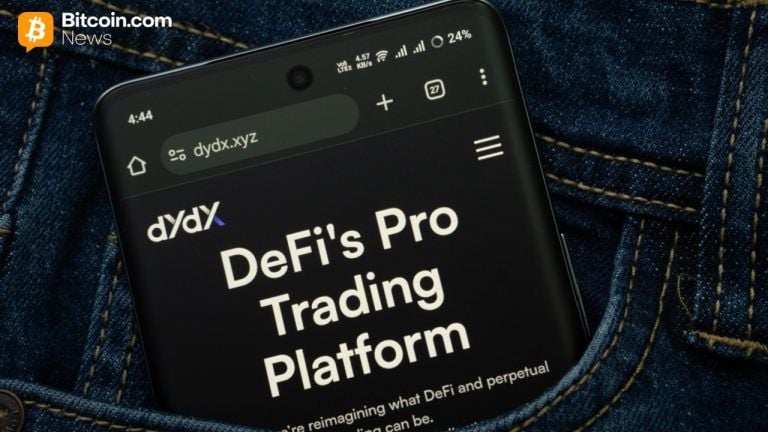






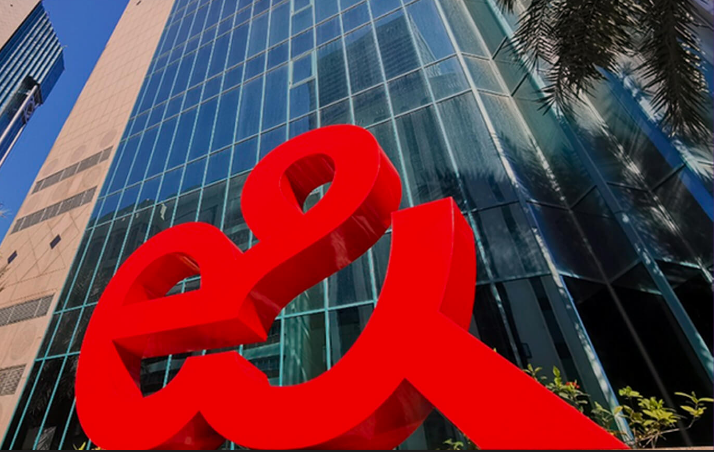




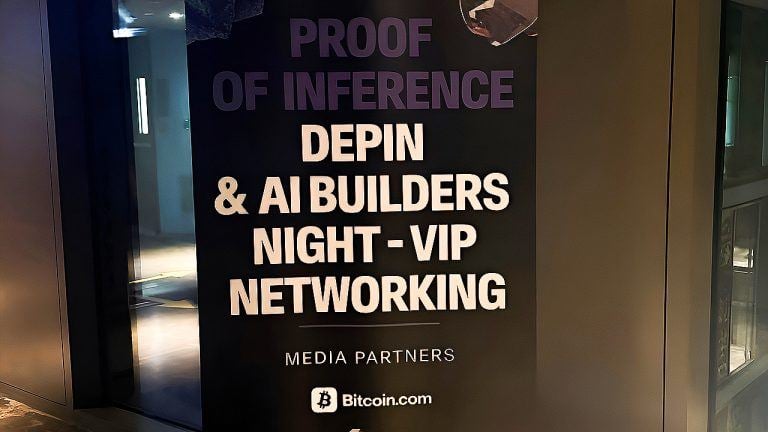
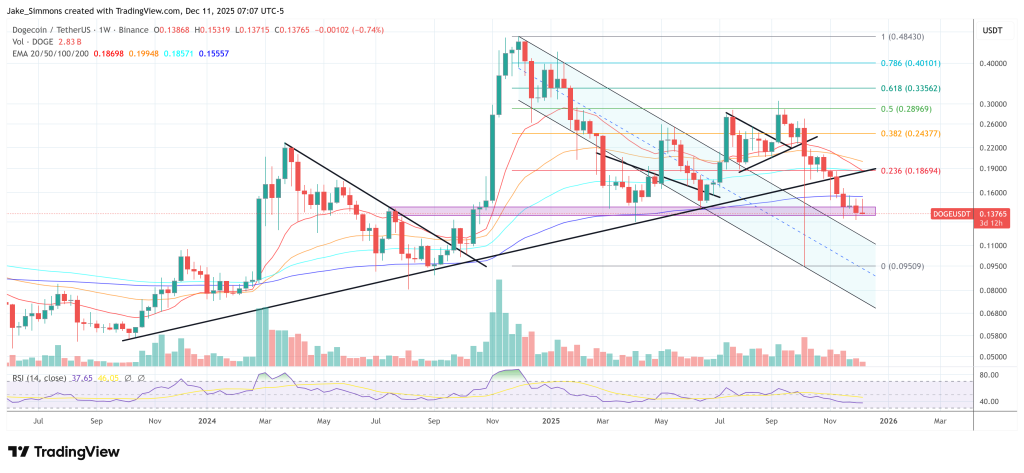
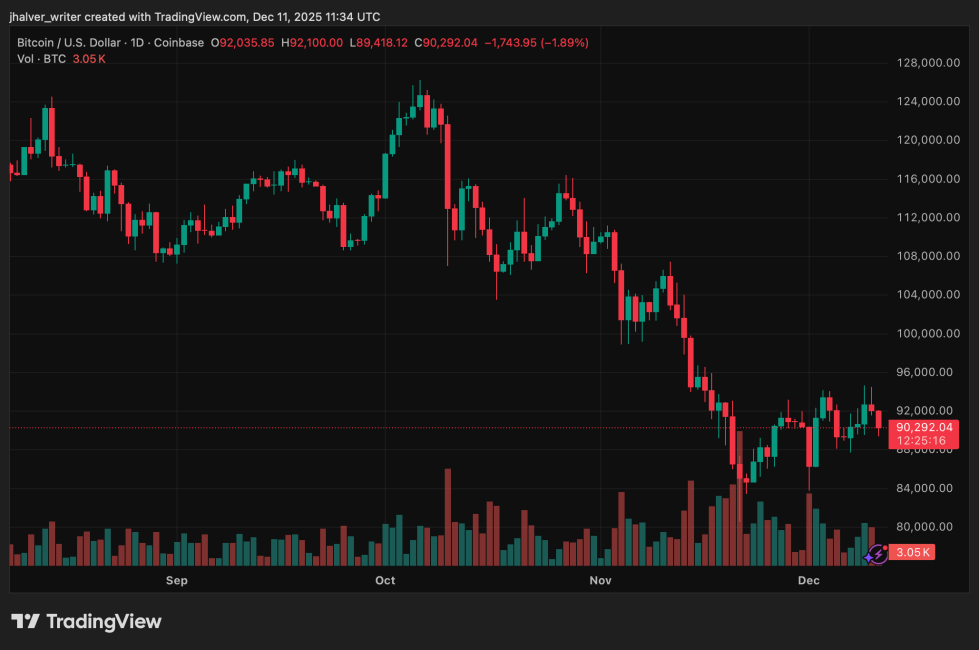





Comments